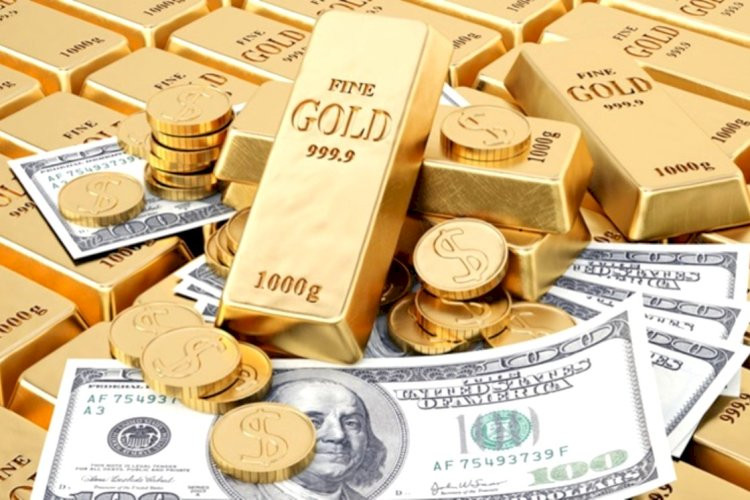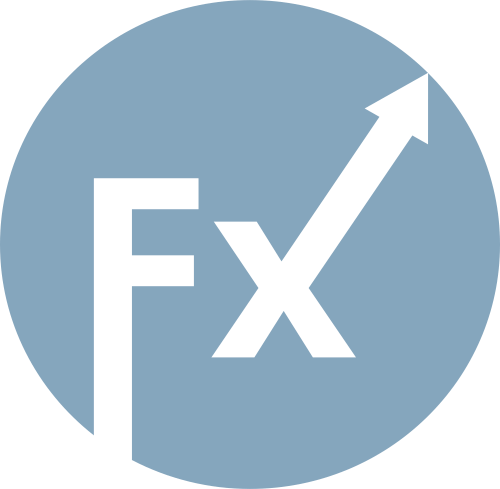

Rozvoj větrné a solární energie v USA má stále značný prostor pro rozvoj pro napájení datových center, zejména ve větrném koridoru na středozápadě a na slunném jihozápadě, řekl agentuře Reuters viceprezident společnosti Microsoft (NASDAQ:MSFT) pro energetiku Bobby Hollis na středeční energetické konferenci CERAWeek v Houstonu.
Rychlé rozšiřování energeticky náročných datových center velkých technologických firem za účelem rozšíření technologií umělé inteligence a cloudu otřásá dlouho stagnující americkou energetikou, posouvá spotřebu elektřiny v zemi na nová maxima a vyvolává otázky, zda bezuhlíkovou elektřinu z obnovitelných zdrojů nenahradí elektřina z plynu.
„Stále si myslíme, že je před námi velmi dlouhá cesta, která udrží obnovitelné zdroje jako důležitou součást mixu v místech, kde to dává smysl,“ řekl Hollis.
Společnost Microsoft, která se před pěti lety zavázala, že do roku 2030 bude mít negativní emise uhlíku, je uprostřed jedné z největších expanzí datových center ze všech společností na světě, přičemž jen v letošním roce plánuje investovat 80 miliard dolarů do úsilí, které bude vyžadovat obrovské množství elektřiny.
Solární a větrná energie je nepravidelná, vyrábí se pouze tehdy, když svítí slunce nebo fouká vítr, což je pro datová centra, která musí pracovat nepřetržitě, problém.
Gold forecasts are becoming increasingly dazzling in every sense, as analysts appear to be competing with one another over how high the precious metal could go. Rising geopolitical instability and President Donald Trump's current tariff policy fuel this. The yellow metal becomes a last reliable refuge for many investors in such an environment.
According to James Steel, currency strategist at HSBC, Washington's introduction of new tariffs against its trading partners triggered the sharp rise in the price of gold above $3,000 per ounce. "This is the first time in recent years when geopolitics and economic uncertainty have become the primary drivers of the gold market," the expert emphasizes.
Last week, spot gold prices hit a record high of $3,167.57 per troy ounce. As a result, the yellow metal is up 16% since the beginning of 2025. For reference, gold gained 27% in 2024. Monetary policy easing and concerns over fiscal deficits also contributed to increased investment in gold last year.
The current situation continues to favor gold. Against this backdrop, experts are forecasting unprecedented growth. Given that the precious metal has an inverse correlation with trade flows, gold stands to benefit either way. Trump's tariff stance — including the highest trade barriers enacted by Washington in a century — has also sent new investors rushing into gold, driven by fears of a full-blown trade war.
Gold has now surpassed the U.S. dollar in popularity among safe-haven assets, partly due to the prolonged weakening of the greenback. Additionally, many analysts have noted signs that the USD's status as the world's reserve currency is eroded by ongoing tariff uncertainty. In this environment, gold is outpacing the U.S. dollar. June gold futures on the Comex exchange rose 1.6% to $3,022 per ounce. On Wednesday, April 9, gold traded at $3,045 per troy ounce.

Global Uncertainty and Market Volatility Are Fertile Ground for Gold
Trump has significantly contributed to this environment by upending the global order just 2.5 months into his presidency, signaling that the U.S. will no longer guarantee European security, as it had since World War II. Moreover, the White House has radically shifted the U.S. stance on the Russia–Ukraine conflict. The eccentric billionaire has even seriously discussed the possibility of annexing Greenland.
Given the circumstances, currency strategists at Deutsche Bank have revised their gold price forecasts for 2025 and 2026 upward, citing geopolitical and trade uncertainty as strong catalysts for demand for safe-haven assets. According to preliminary estimates, the average price of gold will be $3,140 per ounce in 2025 and $3,700 in 2026. The previous forecast was $2,725 and $2,900, respectively. By the end of 2025, Deutsche Bank analysts project that gold will be worth $3,350 per ounce. The bank's 2026 forecast is the most optimistic among major global financial institutions.
Another factor supporting gold is strong central bank demand. According to Deutsche Bank, central banks now account for around 24% of global gold demand — up from less than 10% in 2022.
Many analysts remain optimistic about the near-term prospects for gold. Last week, HSBC raised its 2025 gold price forecast to $3,015 per ounce. However, the bank is less bullish on 2026, expecting a decline to $2,915 per ounce.
Currency strategists at Bank of America (BofA) also aren't forecasting a meteoric rise. According to BofA analyst Michael Widmer, gold will average $3,063 per ounce in 2025 and $3,350 in 2026. However, he believes spot prices could reach $3,500 per ounce over the next two years.
"Purchasing gold at $3,000 an ounce is more appealing than buying it at $3,500. However, what is the risk involved? It's the possibility of returning to the conditions we faced two years ago—a more favorable global environment with no threat of trade wars and a Federal Reserve open to increasing interest rates. In that case, the economy stabilizes, financial market sentiment improves, and gold trading effectively dries up. But that's a fantasy scenario," Widmer concludes.

RÁPIDOS ENLACES